

What is Rewilding and How Does it Help With Habitat Restoration?
Summary
Reflection Questions
Journal Prompt
What is rewilding? Rewilding is an innovative conservation approach that restores natural processes, ecosystems, and wildlife populations to their original, uncultivated states. By minimizing human intervention and allowing nature to take its course, rewilding seeks to create self-sustaining environments where biodiversity can thrive. This involves reintroducing native species, reestablishing natural ecological processes, and removing artificial structures that hinder ecological connectivity. As a result, rewilding not only enhances habitat restoration but also promotes ecological resilience, making ecosystems better equipped to adapt to changing environmental conditions. Through rewilding, we can reconnect fragmented landscapes, support diverse plant and animal communities, and ensure the long-term health and stability of our natural world. Read on to learn all about this process and recent projects.
What Exactly is Rewilding?


Rewilding is a conservation approach aimed at restoring and protecting natural processes, ecosystems, and wildlife populations. It seeks to return areas of land and water to their natural, uncultivated state by allowing nature to take its course with minimal human intervention. This often involves the reintroduction of native species, the reestablishment of natural ecological processes, and the removal of artificial structures that hinder ecological connectivity. The ultimate goal is to create self-sustaining environments where biodiversity can thrive and ecosystems can function as they did before significant human impact.
Restoration of Natural Processes and Ecosystems
Restoring ecosystems and natural processes is central to rewilding efforts. This involves reestablishing key ecological processes such as nutrient cycling, hydrological cycles, and natural disturbance regimes like flooding, fires, and predation. By allowing these processes to occur naturally, rewilding aims to create dynamic and resilient ecosystems.
For example, reintroducing beavers to a river system can restore wetlands, improve water quality, and increase biodiversity. Similarly, allowing rivers to meander naturally can create diverse habitats that support a variety of species. The restoration of these processes helps rebuild complex food webs and interactions that are crucial for ecosystem health.
Reintroduction of Native and Keystone Species
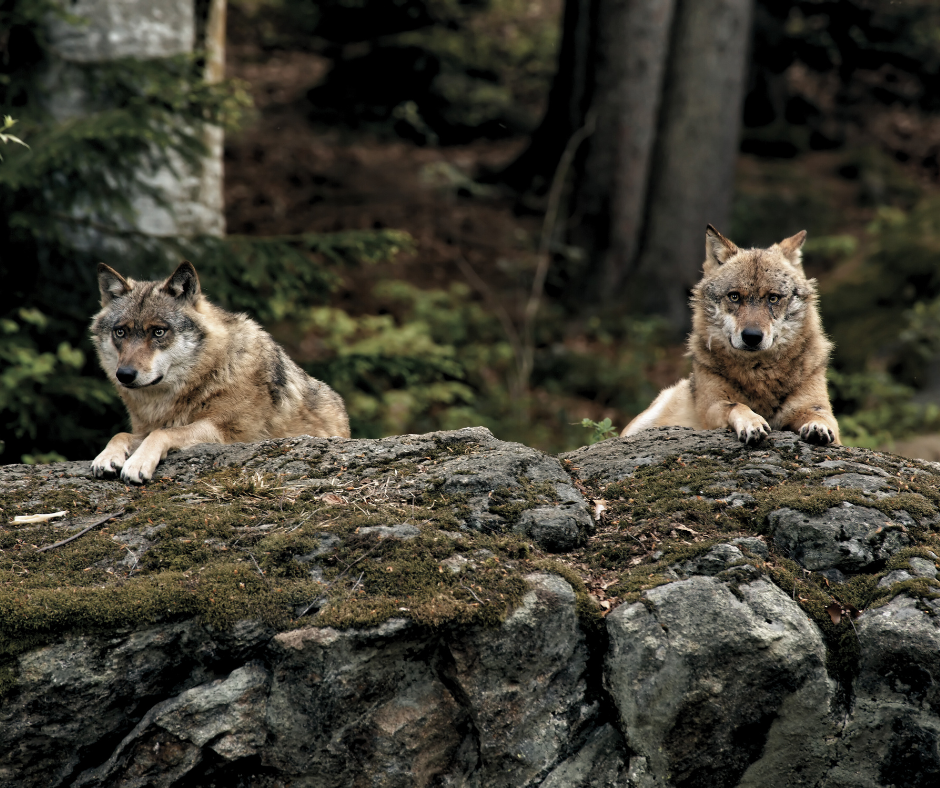

One of the hallmark strategies of rewilding is the reintroduction of native species that have been extirpated due to human activities. These species, often keystone species, play critical roles in maintaining the structure and function of their ecosystems. For example, the reintroduction of wolves to Yellowstone National Park in the United States by conservation biologists has had profound effects on the ecosystem, influencing prey populations, vegetation, and even river dynamics.
Similarly, bringing back large herbivores like bison or deer can help manage vegetation through natural grazing, promoting a mosaic of habitats that support diverse plant and animal communities. The reintroduction of native species aims to restore the natural balance and enhance biodiversity.
Encouraging Natural Succession
Natural succession is a fundamental process in rewilding that involves the gradual development of ecosystems over time, starting from bare ground or a disturbed state and progressing through various stages until reaching a stable climax community. This process allows for the natural recovery and regeneration of vegetation and wildlife habitats without human intervention.
In rewilding projects, promoting natural succession can help restore diverse plant communities that provide habitat and food for a wide range of species. By allowing ecosystems to evolve naturally, rewilding fosters resilience against environmental changes and disturbances, ensuring the long-term sustainability of restored landscapes.
Emphasizing Habitat Connectivity
Habitat connectivity is essential for the movement and migration of wildlife, ensuring that species can access different areas for feeding, breeding, and shelter. Rewilding initiatives often involve creating or restoring corridors that connect fragmented habitats, allowing animals to move freely and maintain healthy populations. This connectivity is vital for genetic diversity, which enhances the adaptability and survival of species.
Additionally, connected habitats enable species to respond to environmental changes, such as climate change, by migrating to more suitable areas. By prioritizing habitat connectivity, rewilding efforts contribute to the overall ecological integrity and resilience of landscapes, supporting the long-term conservation of biodiversity.
Exploring the Origins of Modern Rewilding Efforts
The roots of rewilding can be traced back to early conservation ideas that emphasized the importance of preserving natural landscapes and biodiversity. Influential thinkers and ecologists began to recognize the need for restoring ecosystems to their original states. The concept of “wilderness” as a pristine, untouched environment was a driving force behind early conservation efforts. These initial ideas laid the groundwork for a more holistic approach to ecological restoration, where the focus shifted from merely protecting wild nature to restoring dynamic and interconnected ecosystems.
Pioneers of Rewilding in the West


Aldo Leopold and E.O. Wilson are two key figures whose work significantly influenced the development of rewilding. Aldo Leopold, often regarded as the father of wildlife ecology, introduced the concept of the “land ethic,” which emphasizes the intrinsic value of all living things and the need for humans to coexist with nature in a sustainable manner.
His book, A Sand County Almanac, is a cornerstone of modern environmental thought. E.O. Wilson, a renowned biologist, furthered these ideas with his advocacy for biodiversity and the concept of “biophilia,” which suggests an innate human affinity for nature. Wilson’s work on island biogeography and the importance of large, connected habitats laid the scientific foundation for rewilding practices.
Development Over Time: How the Concept Evolved from Conservation to Rewilding
The evolution of rewilding from traditional nature conservation approaches involved a shift in focus from simply preserving species and habitats to restoring entire ecosystems and their natural processes. Traditional conservation often focused on managing specific species or protecting small, fragmented areas. Over time, ecologists and conservationists recognized that this approach was insufficient for addressing large-scale environmental degradation and biodiversity loss.
Rewilding emerged as a more ambitious and holistic strategy that aimed to restore ecological integrity by reintroducing keystone species, allowing natural processes to occur, and creating connected landscapes. This shift represented a paradigm change from managing nature to allowing it to self-regulate and thrive.
Key Historical Milestones and Seminal Projects that Shaped Rewilding
Several key milestones and seminal projects have shaped the rewilding movement. One of the most notable early projects was the reintroduction of wolves to Yellowstone National Park in 1995, which demonstrated the profound ecological impact of restoring a keystone predator. Another significant milestone was the establishment of the European Rewilding Network in 2013, which facilitated collaboration and knowledge-sharing among rewilding projects across Europe.
The Pleistocene Park project in Siberia, initiated in the 1990s, aimed to recreate Ice Age ecosystems and provided valuable insights into the feasibility and challenges of large-scale rewilding. These and other projects have contributed to the growing recognition of rewilding as a viable and necessary approach to ecological restoration and conservation. However, they have also demonstrated that successful rewilding requires local engagement.
The Many Benefits of Rewilding
Restoration of Biodiversity
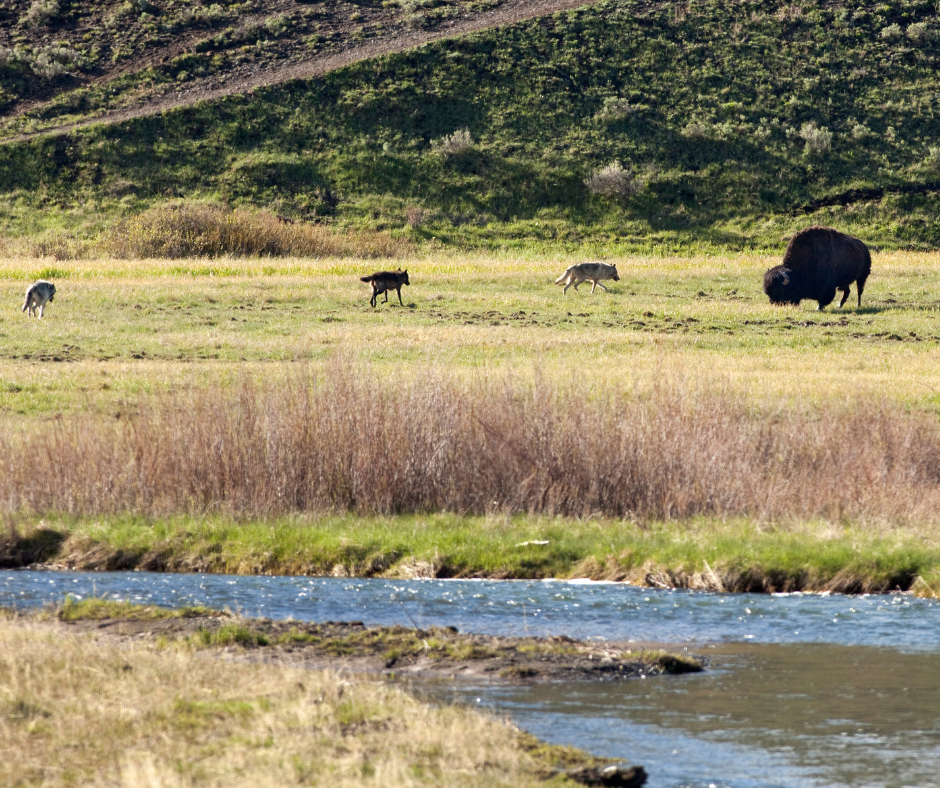

Rewilding plays a crucial role in restoring biodiversity by reintroducing native species and reestablishing natural habitats. This process helps reverse the effects of habitat fragmentation and species extinction, allowing ecosystems to recover their complexity and functionality. Biodiverse ecosystems are more resilient and capable of withstanding environmental changes.
The reintroduction of keystone species, such as large herbivores and predators, helps to rebalance ecological relationships and promote a diverse range of flora and fauna. By fostering a rich tapestry of life, rewilding supports ecosystem stability, productivity, and adaptability.
Fuel your creative fire & be a part of a supportive community that values how you love to live.
subscribe to our newsletter
*please check your Spam folder for the latest DesignDash Magazine issue immediately after subscription


Enhanced Ecosystem Services
Rewilding enhances vital ecosystem services that benefit both nature and human communities. Healthy, functioning ecosystems provide services such as water purification, soil stabilization, pollination, and carbon sequestration. For example, wetlands restored through rewilding act as natural water filters, improving water quality by trapping sediments and pollutants.
Forests and grasslands sequester carbon dioxide, mitigating climate change by reducing greenhouse gas concentrations in the atmosphere. These ecosystem services are essential for sustaining human life and well-being, highlighting the intrinsic value of rewilding efforts in maintaining a healthy planet.
Increased Resilience to Climate Change
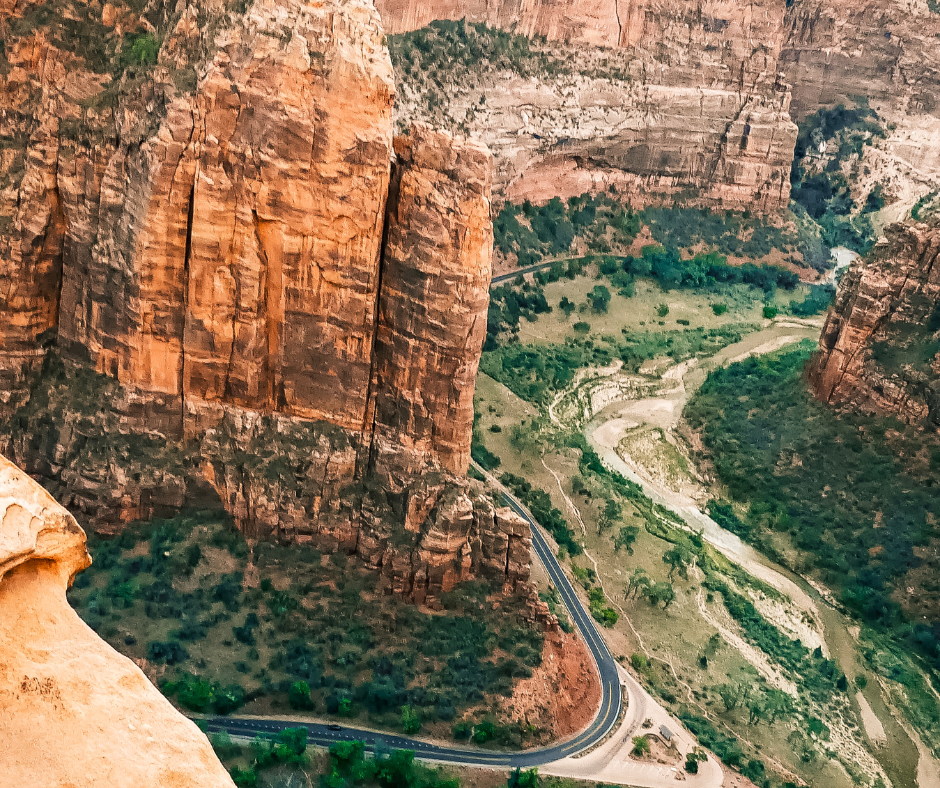

Rewilding enhances the resilience of ecosystems to climate change by promoting natural adaptation processes. Diverse ecosystems with intact food webs and functional keystone species are better equipped to withstand and adapt to changing climatic conditions.
For instance, restored forests and wetlands can buffer against extreme weather events, such as floods and droughts, by regulating water flow and maintaining soil moisture. Additionally, rewilded landscapes provide migration corridors that enable species to move and find suitable habitats as climate zones shift. By increasing ecological resilience, rewilding helps safeguard biodiversity and ecosystem services in the face of a rapidly changing climate.
Ecotourism and Local Economies
Rewilding projects often boost local economies through ecotourism, attracting visitors interested in experiencing restored natural landscapes and observing wildlife. Ecotourism generates income for local communities, creating jobs in hospitality, guiding services, and conservation activities.
This influx of visitors and revenue can incentivize further conservation efforts and foster a sense of pride and stewardship among local residents. Successful rewilding initiatives, such as those in Yellowstone National Park, have demonstrated how ecological restoration can lead to sustainable economic benefits, transforming regions into thriving ecotourism destinations.
Human Health and Well-Being from Natural Environments
Access to natural environments restored through rewilding has significant positive impacts on human health and well-being. Spending time in nature has been shown to reduce stress, improve mental health, and enhance physical fitness.
Natural spaces provide opportunities for recreation, relaxation, and social interaction, contributing to overall quality of life. By creating more green spaces and restoring natural habitats, rewilding efforts can improve public health outcomes and foster a deeper connection between people and the natural world. This connection is essential for promoting environmental awareness and encouraging conservation behaviors.
Cultural and Educational Opportunities
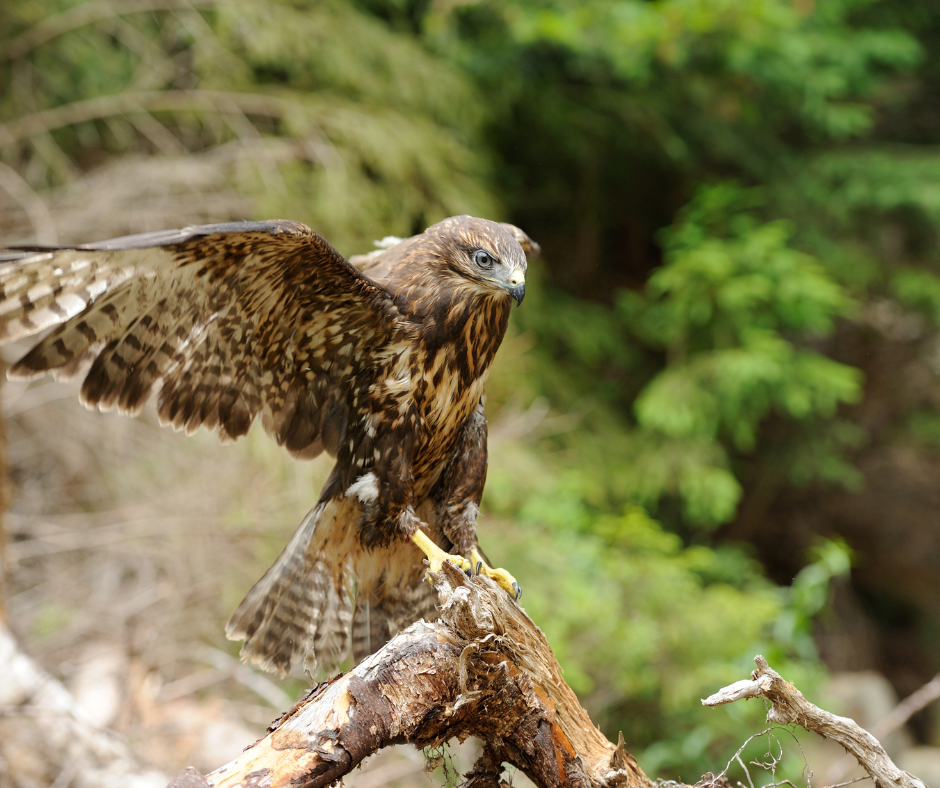

Rewilding projects offer valuable cultural and educational opportunities by reconnecting communities with their natural heritage and providing learning experiences about ecology and conservation. Educational programs and interpretive centers associated with rewilding sites can inspire and inform people of all ages about the importance of biodiversity and ecosystem health.
These initiatives can foster a sense of stewardship and encourage participation in conservation activities. Additionally, rewilding projects can revive traditional ecological knowledge and practices, enriching cultural identity and heritage. By engaging the public in meaningful ways, rewilding promotes a culture of conservation and sustainability.
Notable Rewilding Projects Around the World
Yellowstone to Yukon Conservation Initiative (Y2Y)
The Yellowstone to Yukon Conservation Initiative (Y2Y) is an ambitious rewilding project that aims to create a continuous corridor of protected and connected landscapes stretching over 3,200 kilometers from Yellowstone National Park in the United States to the Yukon Territory in Canada. This initiative focuses on maintaining and restoring habitat connectivity to allow the free movement of wildlife, promoting genetic diversity and ecological resilience.
The Y2Y corridor encompasses diverse ecosystems, including forests, grasslands, and mountains, and supports species such as grizzly bears, wolves, and elk. Through collaborative efforts involving conservation organizations, governments, and local communities, Y2Y works to mitigate human-wildlife conflicts, protect critical habitats, and foster sustainable land-use practices.
Knepp Estate, UK
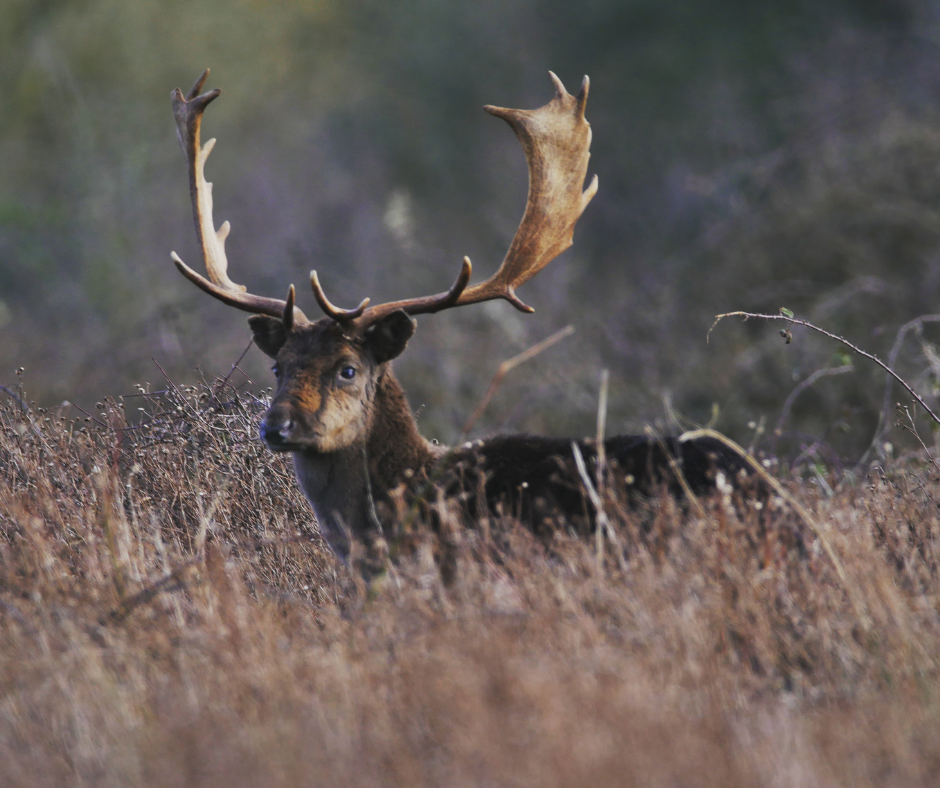

The Knepp Estate in West Sussex, UK, is a pioneering example of rewilding Britain on private land. Since the early 2000s, Knepp has transitioned from intensive agriculture to a more natural, hands-off approach, allowing ecosystems to regenerate naturally. This project has led to the resurgence of a variety of wildlife, including rare species like the purple emperor butterfly and nightingales.
Species reintroduction of large herbivores such as free-roaming cattle, deer, and ponies play a crucial role in creating a dynamic mosaic of habitats. The Knepp Estate has become a model for rewilding in the UK, demonstrating the ecological and economic benefits of allowing natural processes to flourish. It also serves as a site for ecotourism and educational programs, promoting greater public understanding and appreciation of rewilding.
American Prairie Reserve, Montana
The American Prairie Reserve in Montana aims to create the largest nature reserve in the contiguous United States by assembling a vast, connected landscape of over 3 million acres. This project seeks to restore the prairie ecosystem by reintroducing native species, including bison, pronghorn, and prairie dogs, which are essential for maintaining the health and diversity of the grasslands.
The reserve focuses on preserving and enhancing wildlife habitats, promoting scientific research, and fostering public engagement through recreational opportunities and educational programs. By restoring the prairie to its natural state, the American Prairie Reserve enhances biodiversity, supports sustainable land management practices, and provides a refuge for numerous plant and animal species.
Elwha River Restoration, Washington
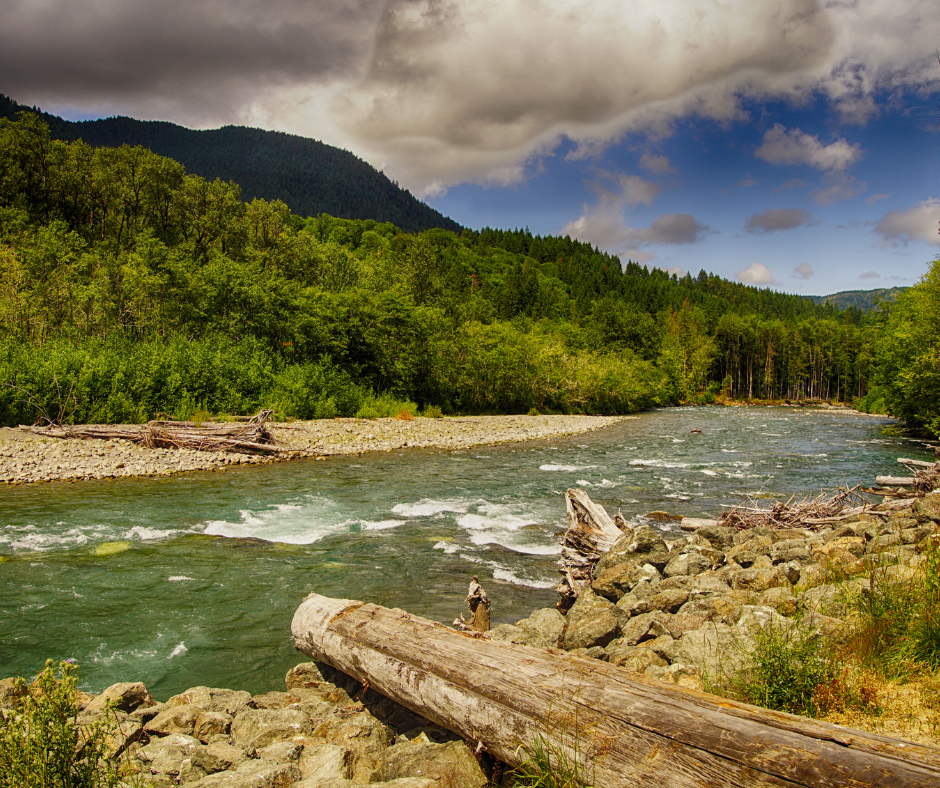

The Elwha River Restoration project in Washington State is one of the largest dam removal and river restoration efforts in the world. The removal of the Elwha and Glines Canyon dams, which had blocked the river for nearly a century, has allowed the river to flow freely and restore natural sediment transport processes.
This project has led to the rapid recovery of riverine habitats, benefiting a wide range of species, including salmon and steelhead trout, which have begun to return to their historical spawning grounds. The restoration has also improved water quality, reestablished native vegetation along the riverbanks, and enhanced the overall ecological health of the Elwha River watershed. This project serves as a powerful example of how large-scale ecological restoration can revitalize ecosystems and support biodiversity.
Pleistocene Park, Siberia
Pleistocene Park in Siberia is an experimental rewilding project that aims to recreate the Ice Age steppe ecosystem by reintroducing large herbivores such as bison, musk oxen, and horses. This initiative, led by Russian scientist Sergey Zimov, seeks to study the effects of these animals on vegetation and soil dynamics, particularly their role in maintaining the permafrost by trampling down the snow and preventing it from insulating the ground.
The project has significant implications for understanding and mitigating climate change, as maintaining the permafrost could help reduce the release of stored greenhouse gases. Pleistocene Park is a unique example of how rewilding can be used as a tool for scientific research and climate change mitigation.
Great Green Wall, Africa
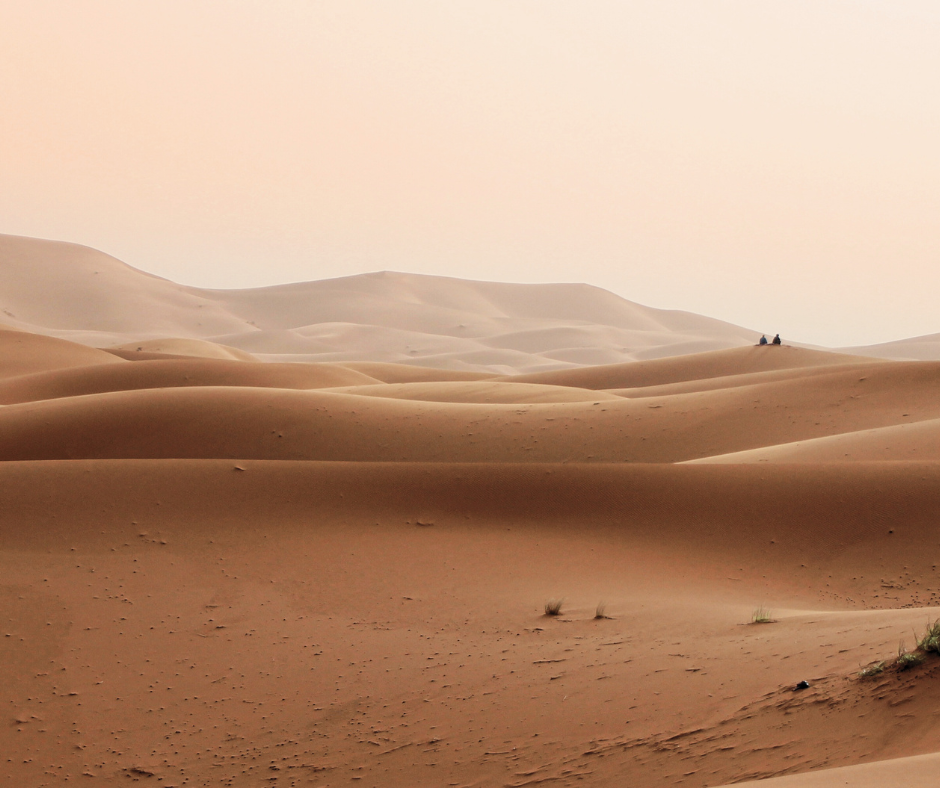

The Great Green Wall is an ambitious rewilding and ecological restoration project that aims to combat desertification and land degradation across the Sahel region of Africa. The initiative involves planting a mosaic of trees, vegetation, and sustainable land-use practices along an 8,000-kilometer belt stretching from Senegal in the west to Djibouti in the east.
This project not only aims to restore degraded landscapes and enhance biodiversity but also to improve food security, create jobs, and enhance the livelihoods of local communities. By restoring natural vegetation and promoting sustainable land management, the Great Green Wall helps to mitigate the impacts of climate change, reduce soil erosion, and support the resilience of ecosystems and human populations in one of the world’s most vulnerable regions.
Final Thoughts on the Value and Potential of Rewilding Projects
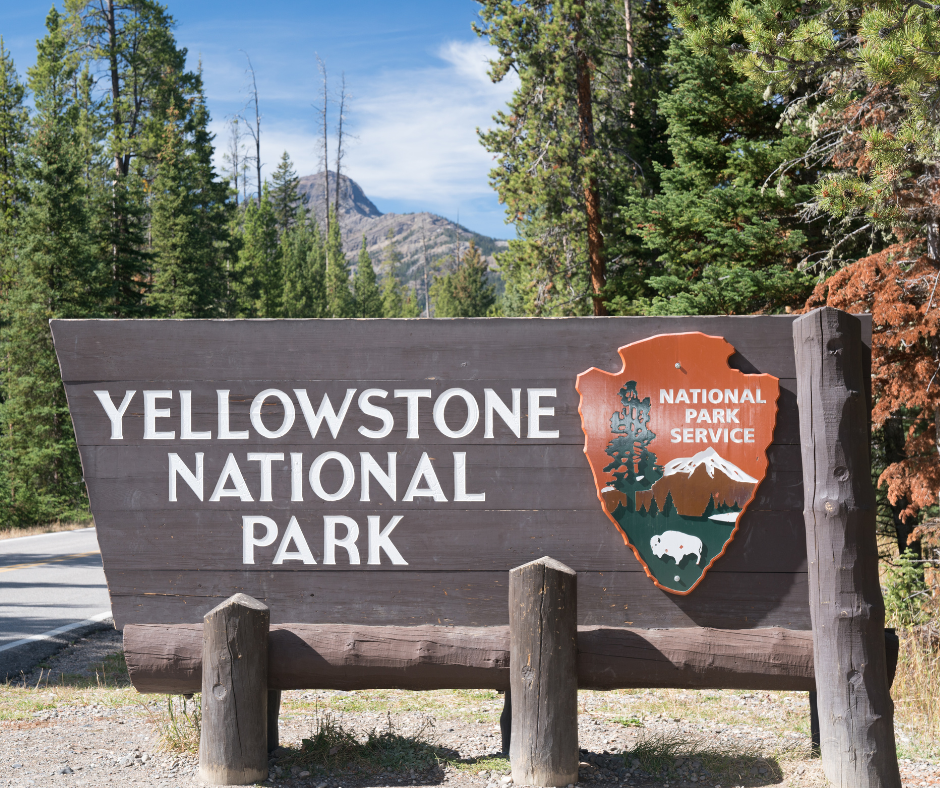

Looking ahead, the future of rewilding holds immense potential for further ecological restoration, biodiversity conservation, and climate resilience. However, realizing this potential requires ongoing commitment and collaboration from governments, organizations, and individuals. We encourage our readers to support rewilding initiatives in their areas or get involved in projects that inspire them. Together, we can help restore our planet’s natural heritage and ensure a thriving, biodiverse future for generations to come.








